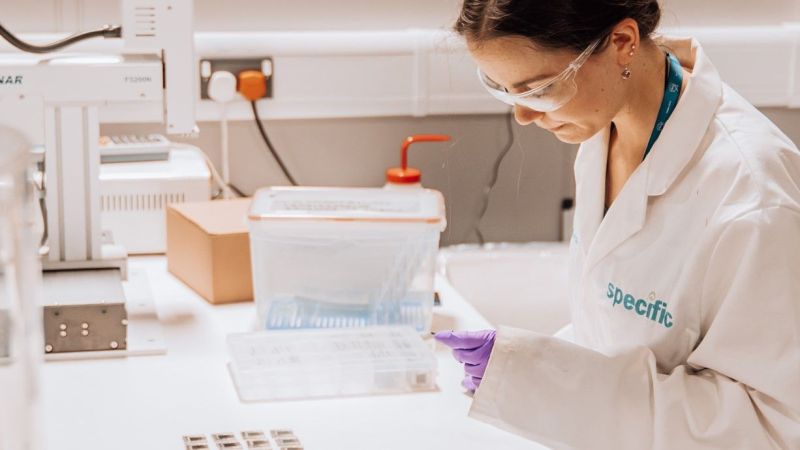Better Solvents Could Lead to Cleaner, Greener Perovskite Solar Cells

Regardless of appearances, almost all scientific progress comes at a price. That which is hailed as a breakthrough technology that will save the planet or improve the lots of those living upon it almost always comes at a cost, which sometimes greatly outweighs the purported benefits of the advancement.
Luckily, though, solving these kinds of problems is what scientists and engineers live for, and in the case of the potentially breakthrough technology behind perovskite solar cells (PSCs), that diligence has resulted in a cleaner and safer way to manufacture them. We’ve covered the technology of perovskites in the past, but briefly, as related to photovoltaic cells, they’re synthetic crystals of organometallic cations bonded to a halide anion, so something like methylammonium lead tribromide. These materials have a large direct bandgap, which means a thin layer of the stuff can absorb as much solar energy as a much thicker layer of monocrystalline silicon — hence the intense interest in perovskites for cheap, easily manufactured solar cells.
The problem with scaling up PSC manufacturing has been the need for volatile and dangerous solvents to dissolve the perovskites. One such solvent, dimethylformamide (DMF), commonly used in pharmaceutical manufacturing and often a component of paint strippers, is easily absorbed through the skin and toxic to the liver in relatively low concentrations. Another common solvent, γ-butyrolactone (GBL), is a precursor to γ-hydroxybutyric acid (GHB), a common recreational club-drug known as “liquid ecstasy”.
In a recent paper, [Carys Wrosley] and colleagues at Swansea University showed that γ-valerolactone (GVL), a far less toxic and volatile solvent, could be effectively substituted for DMF and GBL in perovskite manufacturing processes. One of the most promising features of perovskites for solar cells is that the solution can be easily applied to transparent conductive substrates; the use of GVL as a solvent resulted in solar cells that were comparably efficient to cells made with the more dangerous solvents.
[Featured images: Swansea University, Solliance Solar]
Post a Comment